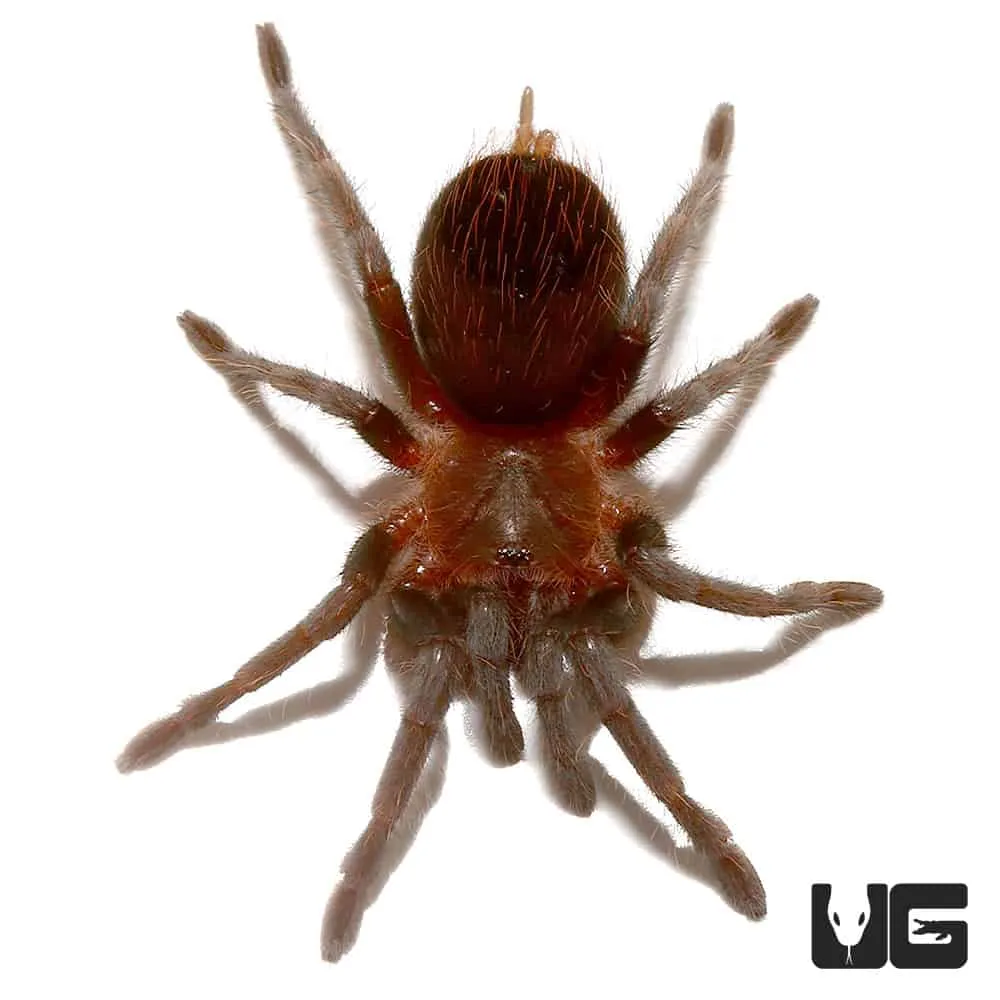What is a Red Rump Tarantula
The Red Rump Tarantula (Brachypelma vagans) is a captivating and relatively docile species, making it a popular choice for both novice and experienced tarantula keepers. Native to Central America, these spiders are known for their striking appearance and manageable temperament. Their name comes from the vibrant red hairs that adorn their abdomen, contrasting beautifully with their dark brown or black carapace and legs. The Red Rump Tarantula’s appeal lies not only in its beauty but also in its manageable care requirements, making it a fascinating pet to observe and learn from. Owning a Red Rump Tarantula provides a unique opportunity to explore the world of arachnids and appreciate the intricacies of nature’s designs. The red rump is also known for being a long-lived species, giving pet owners years of enjoyment and companionship.
Appearance and Characteristics of Red Rump Tarantulas
The Red Rump Tarantula showcases a distinctive and attractive appearance. The most notable feature is, of course, the red hairs covering the posterior of their abdomen, which serves as a vibrant contrast to the rest of their body. The carapace, the hard upper shell of the cephalothorax, is typically a dark brown or black color, as are the legs, which are covered in fine hairs. These spiders have a moderate size, with females generally growing larger than males. They possess two main body parts the cephalothorax and the abdomen. They also have chelicerae that are used to inject venom and manipulate food. Overall, the Red Rump Tarantula’s combination of colors and manageable size makes it a visually appealing pet.
Size and Lifespan of Red Rump Tarantulas
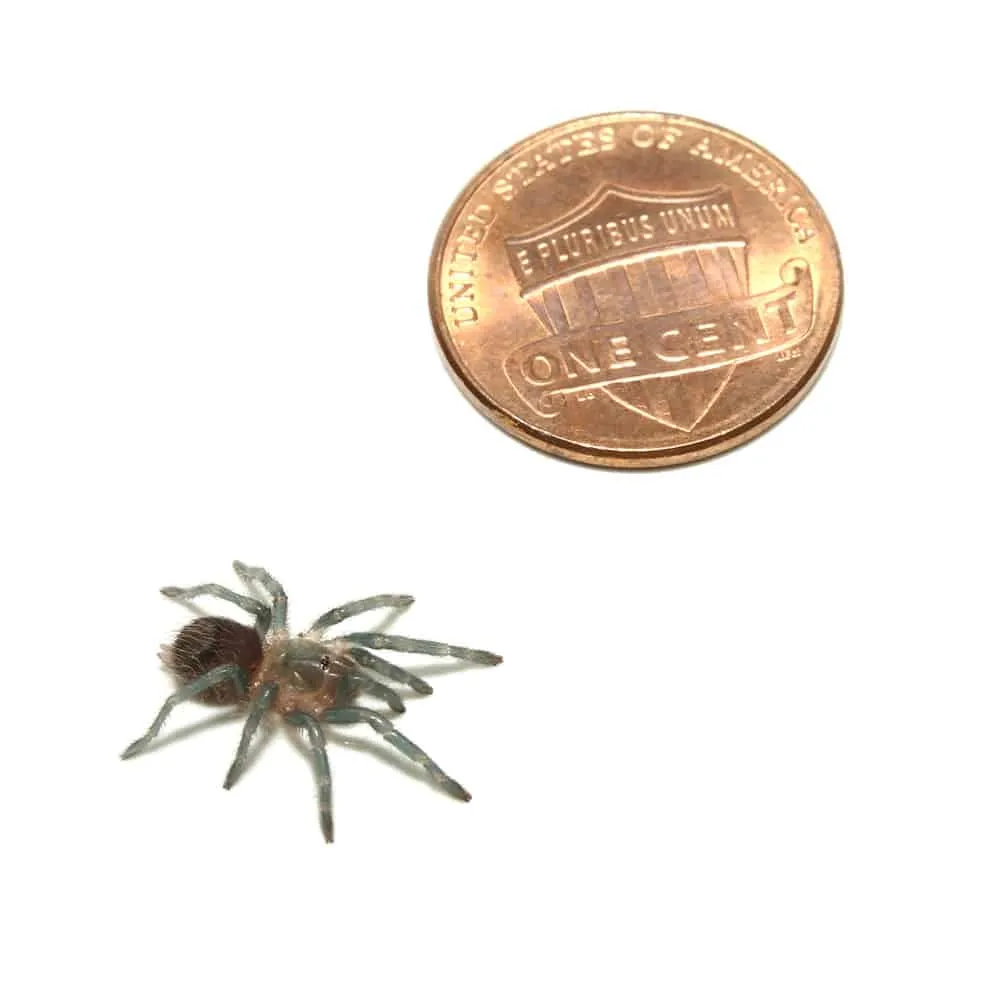
When considering a Red Rump Tarantula for sale, understanding their size and lifespan is crucial. Females typically reach a leg span of 5 to 6 inches, while males are often slightly smaller. However, size can vary based on individual genetics and environmental factors. The lifespan of a Red Rump Tarantula is a significant aspect of their care, especially for those seeking a long-term companion. Females are known for their longevity, often living for 10 to 20 years or even longer under optimal conditions. Males, on the other hand, have a shorter lifespan, usually living for 3 to 5 years after their final molt. This difference in lifespan is an essential consideration for potential owners when deciding to bring a Red Rump Tarantula home.
Where to Buy a Red Rump Tarantula
Finding a Red Rump Tarantula for sale involves identifying reliable sources. Online marketplaces and specialized pet stores are common places to begin your search. It’s essential to choose reputable vendors who prioritize the health and well-being of their tarantulas. Checking online reviews and testimonials can provide insights into the vendor’s credibility. Additionally, attending reptile expos or local pet shows may offer opportunities to purchase a Red Rump Tarantula directly from breeders. Always ensure that the seller can provide information on the tarantula’s origin, age, and any relevant health records. When you find a Red Rump Tarantula for sale, consider the vendor’s expertise and dedication to responsible animal care to ensure a positive and healthy experience.
Reputable Breeders and Suppliers
Choosing a reputable breeder or supplier is crucial when you want to buy a Red Rump Tarantula. Look for vendors who specialize in tarantulas and have a good reputation within the reptile community. These breeders often prioritize the health and genetics of their tarantulas, which translates to a healthier and more resilient pet. Reputable breeders will usually provide detailed information about their tarantulas, including their age, origin, and any relevant health history. They are also willing to answer your questions and offer guidance on proper care. Avoid buying from sources that seem unreliable or are unwilling to share information about their tarantulas. Prioritize vendors committed to responsible breeding practices for a positive experience.
Things to Consider Before Buying
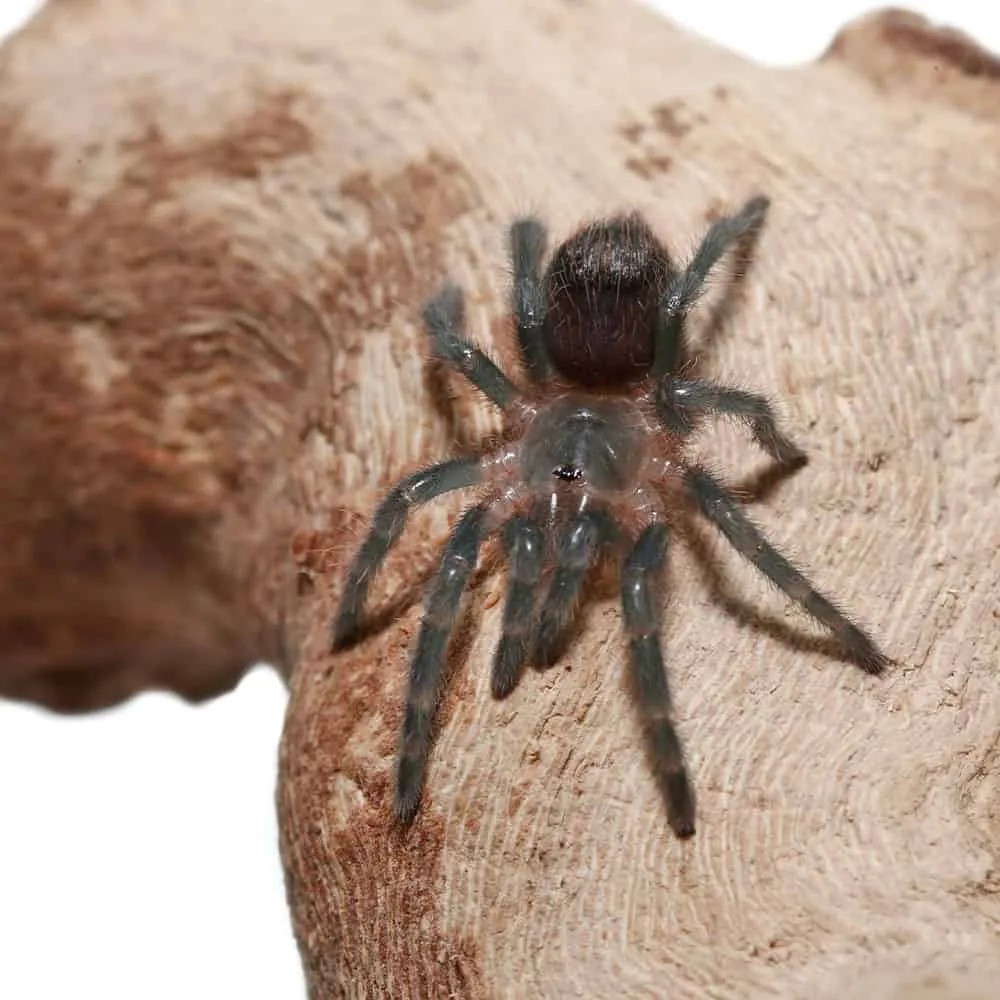
Before you buy a Red Rump Tarantula, it’s crucial to be prepared. Consider the long-term commitment, as females can live for many years. Ensure you have the necessary knowledge and resources to provide proper care, including habitat setup, feeding, and regular maintenance. Research the specific needs of Red Rump Tarantulas, such as temperature, humidity, and substrate requirements. Be aware of the potential for urticating hairs, which they can flick off as a defense mechanism, and take precautions to minimize exposure. Consider the costs involved in purchasing the tarantula, setting up the habitat, and providing ongoing care, including food and vet visits. Be sure you are not allergic to the tarantula or their habitat materials. Consider your lifestyle and whether you have the time and dedication required to care for a tarantula properly. Always prioritize the well-being of the tarantula by making an informed decision before you buy.
Setting up a Habitat for Your Red Rump Tarantula
Creating an appropriate habitat is essential for the health and well-being of your Red Rump Tarantula. The enclosure should be properly sized to accommodate the tarantula’s size and growth, with enough space for movement and exploration. The enclosure should be secure, with a tightly fitting lid to prevent escape. Choose an enclosure made of either glass or clear plastic, as these materials allow for easy viewing and temperature control. The environment needs to mimic the natural habitat of Red Rump Tarantulas, providing a comfortable and enriching space. Consider the importance of maintaining appropriate temperature, humidity, and substrate for the tarantula’s health. Setting up a habitat may seem daunting, but it will be rewarding once your tarantula is safely living in its new home.
Choosing the Right Enclosure
Selecting the proper enclosure is a critical first step in setting up your Red Rump Tarantula’s habitat. For juvenile tarantulas, a smaller enclosure (like a deli cup or a small plastic container) is usually sufficient. As the tarantula grows, it will need a larger enclosure. Consider a glass or clear plastic terrarium with dimensions that allow for the tarantula to move around and burrow if it chooses. The enclosure should have secure ventilation to maintain air quality without compromising humidity levels. Avoid enclosures with sharp edges or features that could pose a risk to the tarantula. The size of the enclosure should correlate with the size of your tarantula. Always ensure that the enclosure is escape-proof.
Substrate, Decorations, and Hiding Places
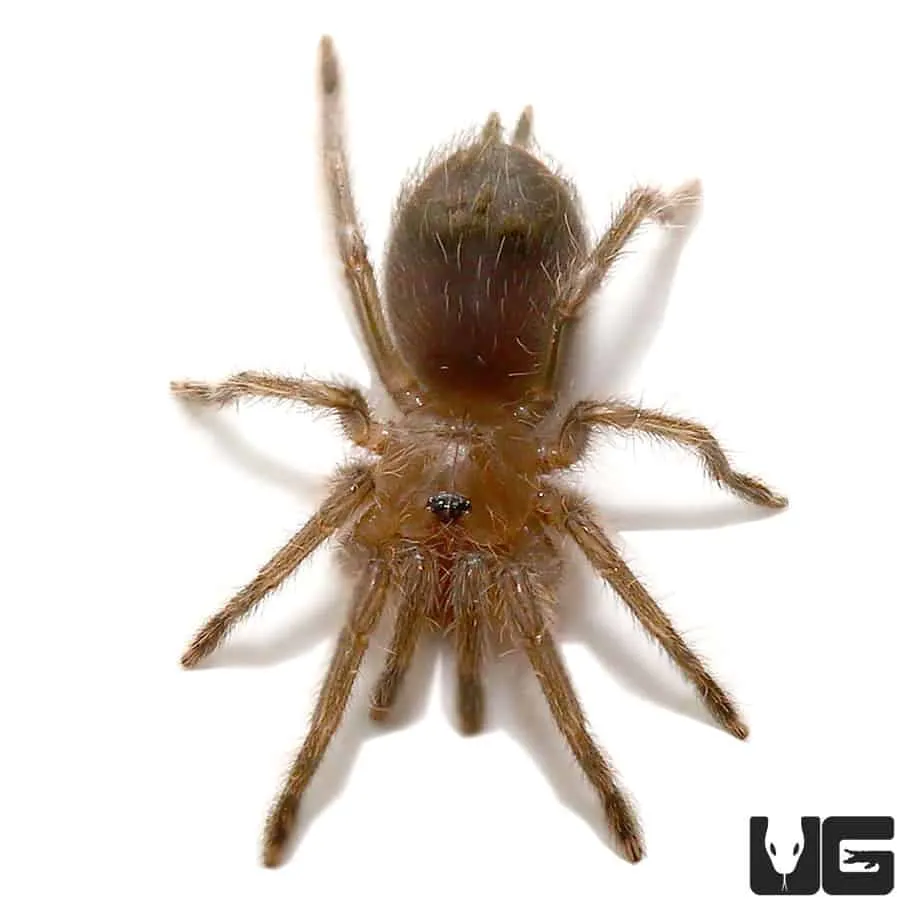
Choosing the right substrate, decorations, and hiding places will enrich your Red Rump Tarantula’s habitat. A suitable substrate, such as coconut fiber, peat moss, or a mix of both, helps to retain humidity and allows the tarantula to burrow naturally. Decorations can include cork bark, artificial plants, and sturdy branches to add visual appeal and provide climbing opportunities. Hiding places are crucial for reducing stress and providing a sense of security for your tarantula. This can be achieved through the use of a half-log, a piece of cork bark, or a commercial hide. Always ensure that decorations and hiding places are stable and do not pose any risk of injury. The right combination of substrate, decorations, and hiding places creates a comfortable and stimulating environment for your Red Rump Tarantula.
Temperature, Humidity, and Lighting
Maintaining the correct temperature, humidity, and lighting is essential for the well-being of your Red Rump Tarantula. The ideal temperature range is typically between 75°F and 85°F (24°C to 29°C). Use a heat source, such as a heat mat or ceramic heat emitter, to maintain the appropriate temperature. The humidity level should be around 60% to 70%, which can be achieved by lightly misting the enclosure with water. Monitor the temperature and humidity levels with a reliable thermometer and hygrometer. While Red Rump Tarantulas do not require special lighting, a low-wattage bulb can be used to provide a natural day-night cycle. The correct environmental conditions will help your Red Rump Tarantula thrive.
Feeding and Caring for Your Red Rump Tarantula
Proper feeding and care are essential for maintaining a healthy Red Rump Tarantula. These tarantulas are primarily insectivores, and their diet consists mainly of live insects. Providing the right nutrition and a suitable environment will help your tarantula thrive. Understanding the feeding frequency, the types of insects to provide, and the importance of hydration are all key components of responsible tarantula ownership. Regularly cleaning and maintaining the enclosure is vital to prevent the buildup of waste and maintain a healthy environment. Paying attention to your tarantula’s behavior and recognizing any signs of illness are crucial for providing appropriate care.
What Do Red Rump Tarantulas Eat
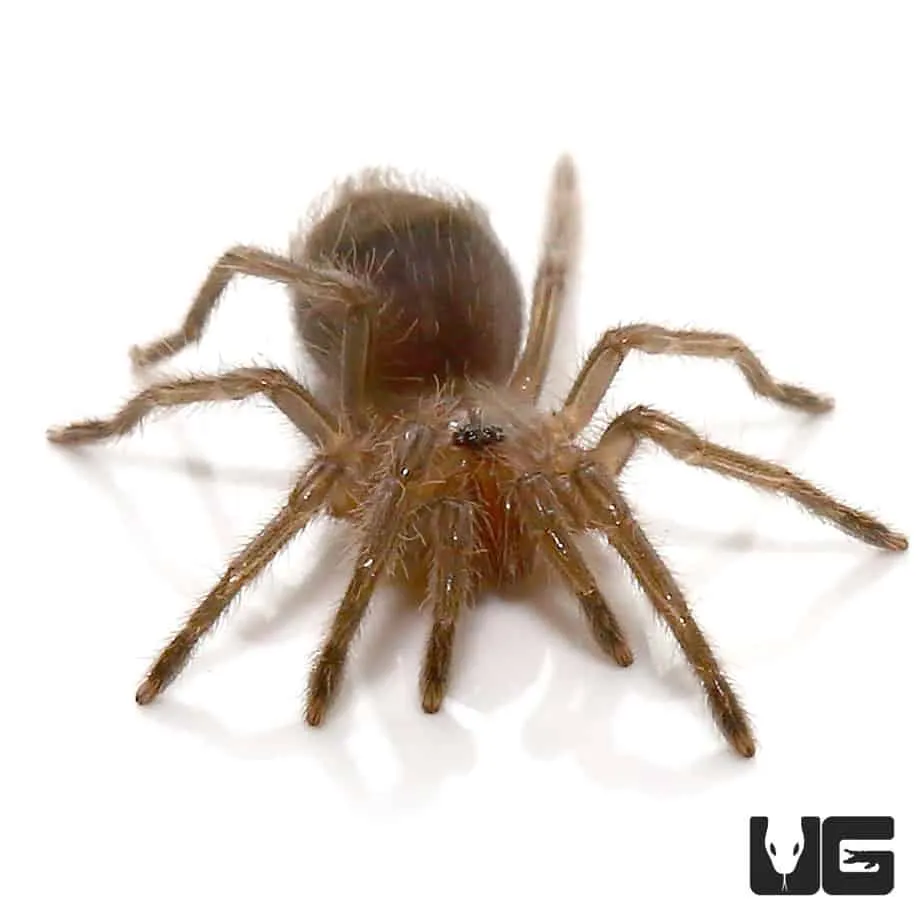
Red Rump Tarantulas are primarily insectivores, and their diet should mainly consist of live insects. Common food options include crickets, mealworms, and roaches. The size of the prey should correspond to the size of the tarantula. Ensure the insects are gut-loaded before feeding your tarantula, meaning they are fed nutritious food to pass those nutrients on to your pet. Avoid feeding insects that have been exposed to pesticides or other chemicals. Crickets are a popular option, but mealworms and roaches are also viable and offer different nutritional profiles. By providing a varied diet of live insects, you can ensure that your Red Rump Tarantula receives the necessary nutrients for growth and overall health. Always remove any uneaten insects from the enclosure to prevent stress on the tarantula.
Feeding Frequency and Schedule
Establishing a proper feeding frequency and schedule is critical for the health of your Red Rump Tarantula. Juvenile tarantulas typically need to be fed more frequently than adults, often 2-3 times per week. Adult tarantulas can usually be fed once a week or every other week, depending on their size and appetite. Observe your tarantula’s body condition to determine if it needs more or less food. A well-fed tarantula will have a plump abdomen. Avoid overfeeding, as this can lead to health problems. Provide the appropriate amount of food, usually one or two appropriately sized insects per feeding. During the molting process, tarantulas may refuse food. It’s important to adjust the feeding schedule based on the tarantula’s life stage and individual needs to promote optimal health.
Watering and Hydration
Providing fresh water is crucial for keeping your Red Rump Tarantula hydrated. Always provide a shallow water dish with fresh, clean water. Ensure that the water dish is easily accessible and that the water is changed regularly to prevent bacteria growth. Some tarantula keepers prefer to mist the enclosure lightly to provide additional hydration. This is especially useful for maintaining the desired humidity level. Always monitor your tarantula’s water intake and adjust the watering schedule as needed. Proper hydration is essential for the tarantula’s overall health and molting process. By providing fresh water, you ensure your pet’s well-being.
Health and Common Issues
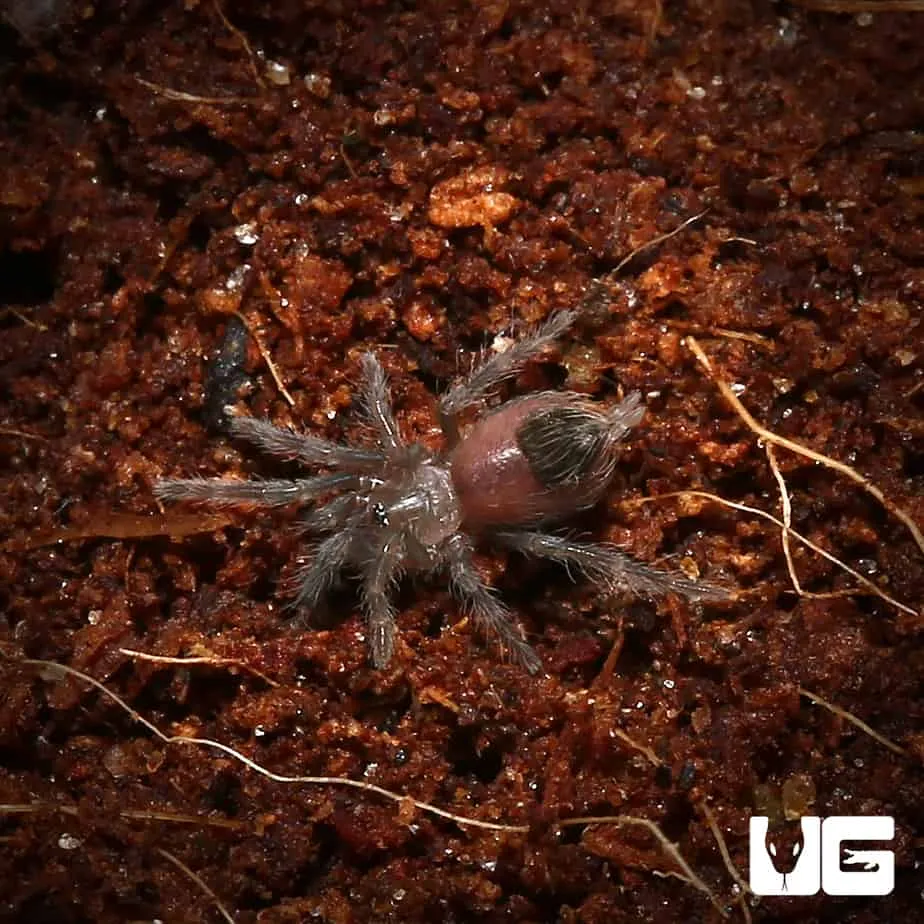
Being aware of common health issues is crucial for keeping your Red Rump Tarantula healthy. While these tarantulas are relatively hardy, several conditions can affect their well-being. Recognizing the symptoms and acting promptly is essential for a positive outcome. Infections, injuries, and other environmental issues can affect the tarantula’s health. Regular observation, including the monitoring of appetite, activity levels, and the appearance of the tarantula, can help identify any potential health problems early on. If you notice any unusual behavior or symptoms, seek advice from a veterinarian with experience in arachnid care. By being proactive in identifying and addressing any health concerns, you can help ensure that your Red Rump Tarantula enjoys a long and healthy life.
Recognizing and Addressing Health Problems
Knowing how to recognize and address health problems is crucial for any Red Rump Tarantula owner. Some common health concerns include injuries from falls or other accidents, which may require prompt medical attention. Also, be aware of parasites such as mites, which can cause distress and weaken the tarantula. Respiratory infections can occur if humidity levels are too high. Signs of illness include lethargy, loss of appetite, or changes in posture or appearance. If you observe any of these symptoms, it’s important to seek advice from a veterinarian experienced in treating arachnids. Early detection and proper treatment can significantly improve the chances of recovery and prevent long-term health complications. Regularly monitor your tarantula’s health to ensure a happy and healthy life.
Shedding and Molting
Understanding the shedding and molting process is an important aspect of Red Rump Tarantula care. Molting is the process by which a tarantula sheds its exoskeleton to allow for growth. During this time, the tarantula will usually stop eating and may appear lethargic. The tarantula may also create a web mat in preparation for the molting process. The molting process can take anywhere from a few hours to several days or even weeks. Avoid disturbing the tarantula during the molt, as it is vulnerable during this time. After molting, the tarantula’s new exoskeleton will be soft and vulnerable, so avoid handling it until it hardens, which can take a few days. Proper temperature and humidity levels are essential during the molting process. Molting is a natural process and is vital for the tarantula’s growth and health.
Handling and Safety Precautions
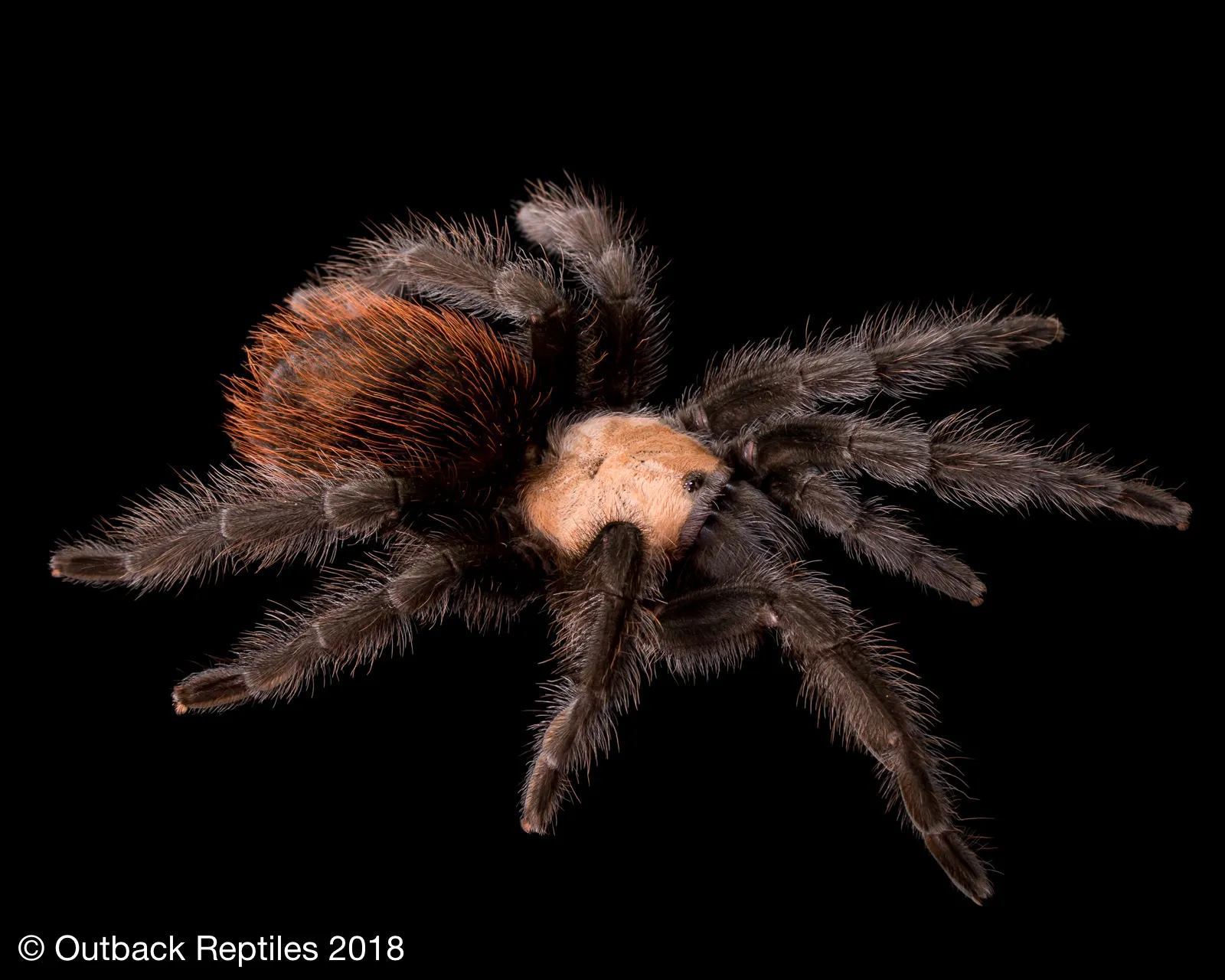
Handling your Red Rump Tarantula should be approached with caution and an understanding of the potential risks involved. While they are generally docile, they can bite if they feel threatened. Before handling, ensure that you are calm and that the tarantula is not agitated. Handle the tarantula close to the ground or a soft surface to minimize the risk of injury if it falls. Always supervise children when they are near the tarantula. If the tarantula flicks urticating hairs, avoid touching your eyes or face and wash your hands thoroughly. Remember that tarantulas are fragile and should be handled with utmost care. Understand the handling precautions to ensure the safety of yourself and the well-being of your pet.
The Importance of Responsible Ownership
Responsible ownership is crucial when you own a Red Rump Tarantula. This means providing proper care, including appropriate housing, feeding, and regular maintenance. It also involves being mindful of the tarantula’s needs and limitations. Being a responsible owner means being informed about the species and its specific requirements. This includes research on their natural habitat, behavior, and any potential health issues. Responsible ownership also includes handling the tarantula with care and respect, avoiding unnecessary stress. It includes providing a stimulating and enriching environment to promote well-being. Always prioritize the tarantula’s well-being by making informed choices and seeking professional advice when needed. The welfare of the animal depends on your commitment and dedication.
